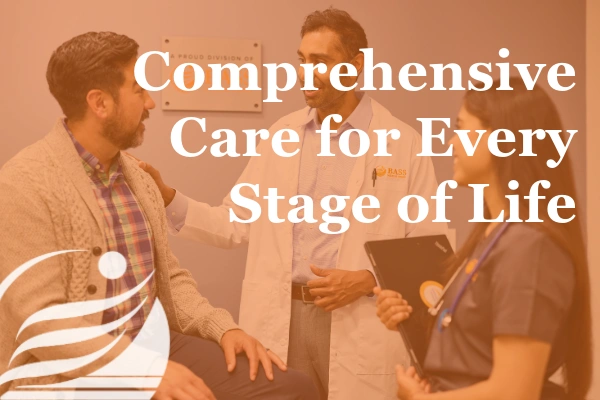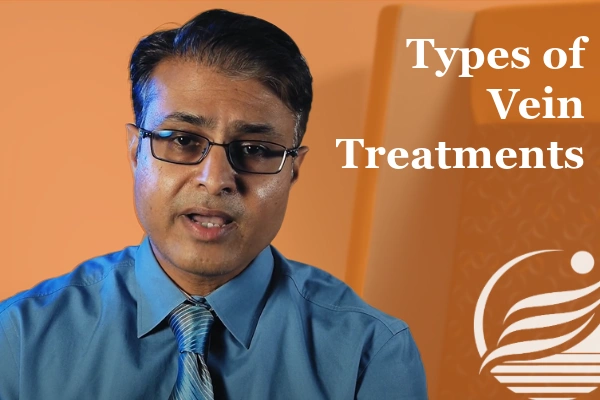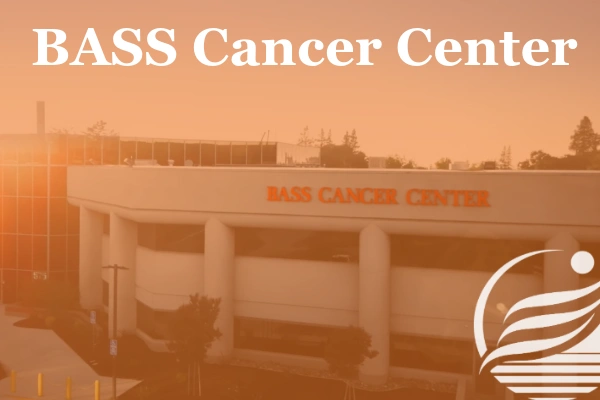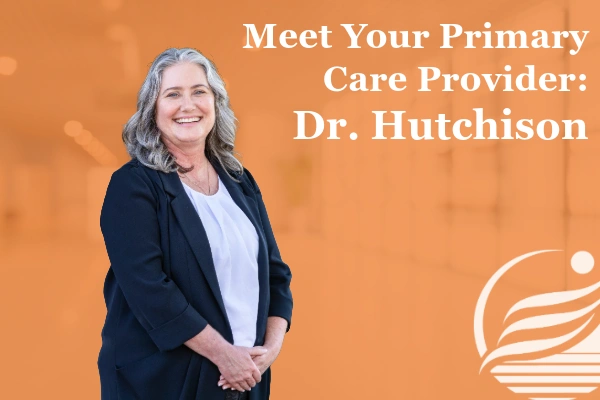Developing Varicose Veins

Commonly asked questions for a General Surgeon, Dr. Brian Chin.
Dr. Brian Chin practices advanced laparoscopic, bariatric, and general surgery at BASS Vein Center's Walnut Creek and Brentwood offices.
Dr. Chin earned his medical degree at the University of Michigan Medical School, then returned to California for his surgery residency at the University of California at San Diego, where he won the Department of Medicine’s Halasz Award for surgical consultation and the Department of Surgery’s Chairman’s Prize for teaching and service excellence.
Additionally, he served as administrative chief resident. Following residency, Dr. Chin completed a fellowship in bariatric and advanced laparoscopic surgery at the University of California at San Francisco, working alongside world-renowned leaders at the forefront of laparoscopic surgery.
Read his full bio here.
Video Transcript
Varicose veins typically develop as a result of a combination of factors. While they affect both genders, they tend to be more common in women. Other factors include family history, obesity, and those who stand for prolonged periods. However, varicose veins are very common, and many people can develop them even in the absence of any of these risk factors. They typically develop due to a condition known as venous reflux. In this condition, the one-way valves in the veins become leaky, causing blood to pool or stagnate in the legs rather than moving smoothly through the veins back to the heart. This leads to back pressure and the development of bulging veins, known as varicose veins, as well as spider veins. It can also cause discoloration or damage to the skin of the legs, in addition to causing symptoms such as aching pain, burning, and swelling in the legs.





